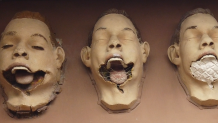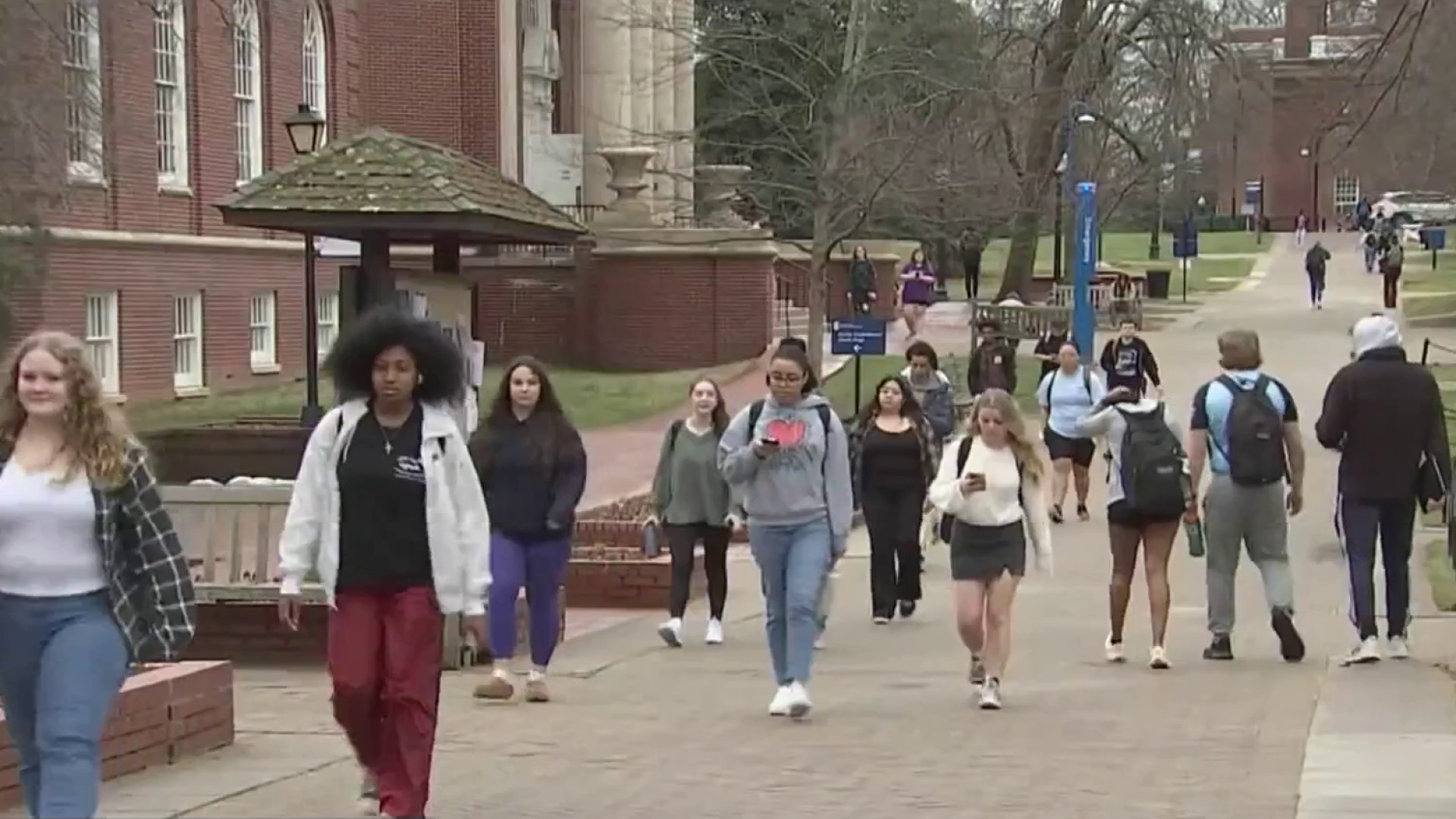Long before funeral homes began opening across the United States, and (mostly male) funeral directors made an industry out of the task of preparing bodies to be buried, women did the work.
They were called layers or layers-out and they might be female relatives, neighbors or women who were paid for the service, according to Karol Weaver, a history professor at Susquehanna University in Selinsgrove, Pennsylvania.
They washed, groomed, dressed and laid out the dead in the family’s home.
In an article published in The Pennsylvania Magazine of History and Biography, Weaver examined how the role of women in Pennsylvania as caretakers of the dying declined because of changes in medicine, the industry and warfare.
Get Southern California news, weather forecasts and entertainment stories to your inbox. Sign up for NBC LA newsletters.
During the Civil War, the technique of embalming flourished, allowing the bodies of fathers, sons and brothers to be returned home to be buried. The assassination of President Abraham Lincoln, whose embalmed body was seen by thousands, further popularized it, she wrote.
As it became the norm, formal funeral homes began to open across the country as businesses, and places where services could be held. As the industry grew, it became more formalized and required training or certifications that women were often prohibited from obtaining, pushing them out of a space that had often been their domain.
“The 1867 Philadelphia City Directory provides substantial evidence that undertaking and embalming by men eclipsed women’s work as layers out of the dead,” she wrote in "'Painful Leisure' and 'Awful Business': Female Death Workers in Pennsylvania."
U.S. & World
News from around the country and around the globe
"The directory lists 125 male undertakers, one female under-taker, and only four female layers out of the dead.”
More than 150 years later, women are retaking the field.
In service of others
Jolena Grande was one of only four women in her class when she studied to become a mortician at Cypress College in Cypress, California. Now a professor of mortuary sciences at the college, Grande says most of her students are women.
When she told her mother that she wanted to study funeral services, her mother asked the monsignor of their Roman Catholic parish to pray over her, believing the devil had taken possession of her soul.
But Grande believed the field mirrored the work of religious orders and the priest agreed: it was in service of others.
When she started at the college in 1989, 90% to 95% of the students were men, white and well-to-do.
“Of course that has markedly changed,” she said.

Dramatically so. The program's graduating class of 2022 was all women, most of whom were Latina or African American, she said.
Nationally, the number of female mortuary students has risen from only 35% in 1995 to 79% in 2022, according to the National Funeral Directors Association.
And it’s a business that is growing, according to the Bureau of Labor Statistics. The number of jobs is expected to increase by 8% over the next decade, faster than average job growth. Women will dominate the field, accounting for 65% of all mortuary science graduates.
Horror movies have led people to envision morticians as pasty white men “just waiting to get their hands on your body,” Grande said.
“For many of our women in funeral service, that’s the first thing that they have to overcome,” she said. “The public’s perspective of what we should look like versus what we do look like.”
The second is that women don’t belong in the business, either too young or too short or too frail.
And they are overcoming those misconceptions.
Embracing the skills
The practice of embalming has kept its appeal for many.
Most of the entering students are eager to find out how to restore the look of a body. They learn their craft by preparing the bodies of poor people who have been brought to the college’s embalming lab -- and also by dressing Rescue Randy, a life-sized doll.
In learning to care for the dead, these women are also learning to care for their loved ones.
“Grieving families relate well to women,” Grande said. “And women are very compassionate. They are natural care-givers.”

Historically mid-wives were also layers out, she notes.
As Karol Weaver wrote in her essay, “The fact that sickness and childbirth sometimes resulted in death also explains why nurses and midwives served as layers out of the dead."
"The intimate care that women provided to the living body extended to their concern for the dead body.”
As for the interest among women today, she told NBC, "The current-day trend of greater numbers of women entering funeral services is similar to the death care services that women provided as watchers of the dying and layers out of the dead in the 18th and 19th centuries."
Interviews for this story were conducted by Janine Doyon and Erin Panell.



